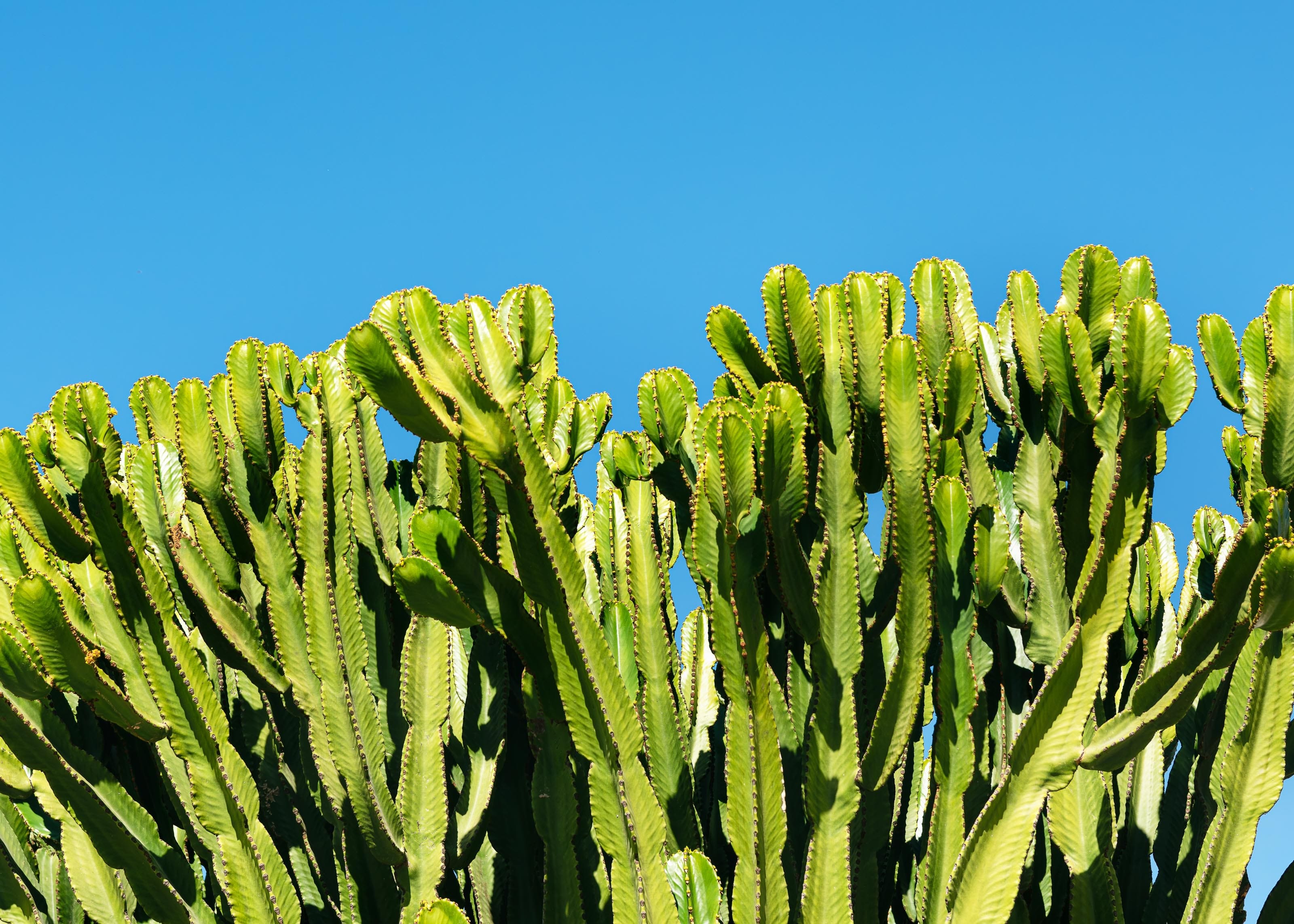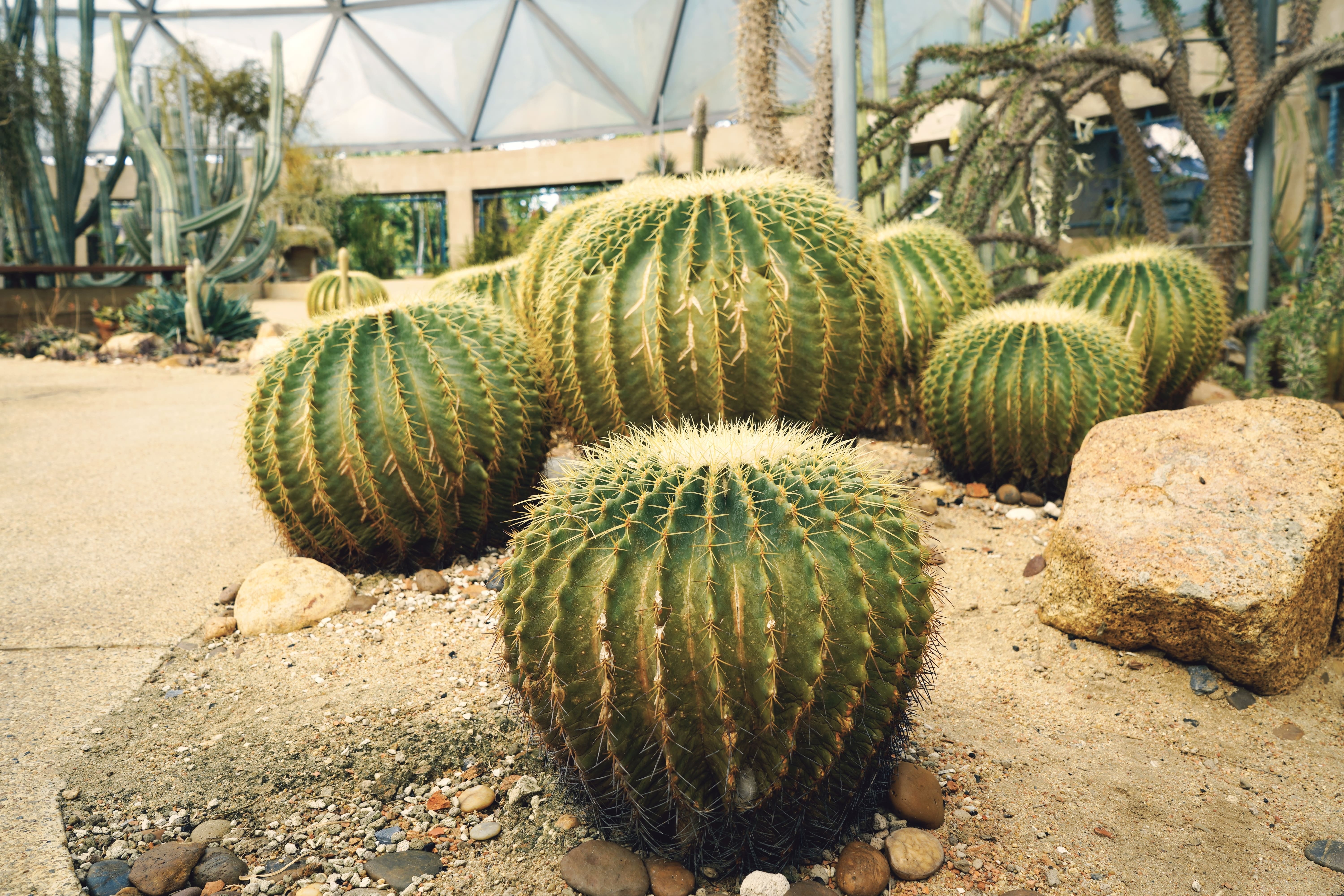Xeriscaping is an environmentally sustainable landscaping approach that has gained immense popularity in regions with arid and semi-arid climates, where water conservation is paramount. One of the essential elements of xeriscaping is the use of native and drought-tolerant plants, and among these, cacti play a significant role. In this article, we will explore the vital role of cacti in xeriscaping and water conservation.
1. Adaptation to Arid Environments:
Cacti are renowned for their remarkable ability to thrive in some of the harshest environments on Earth. Native to arid regions like deserts and semi-arid grasslands, cacti have evolved to efficiently conserve and utilize water. Their unique features, such as thick, fleshy stems, modified leaves, and shallow root systems, allow them to store water for extended periods and minimize water loss through transpiration.
2. Low Water Requirements:
Cacti are exceptionally drought-tolerant plants, needing minimal water to survive and flourish. Once established, many cactus species require little to no supplemental irrigation. This makes them an ideal choice for xeriscaping, as they significantly reduce the demand for water in landscaping, contributing to water conservation efforts.
3. Erosion Control:
The extensive root systems of some cacti, like the prickly pear cactus, are excellent at stabilizing soil and preventing erosion. This is crucial in xeriscaping, as preventing soil erosion can help retain precious water resources by reducing runoff and soil loss during heavy rains.
4. Aesthetic Appeal:
Cacti are not just water-wise; they also add a unique and captivating aesthetic to xeriscape gardens. Their distinctive shapes, sizes, and vibrant blooms can create visually striking landscapes. Cacti provide texture, color, and contrast, making them an attractive choice for those looking to design drought-resistant, visually appealing gardens.
5. Biodiversity Support:
Cacti are a critical part of their native ecosystems, supporting a diverse range of wildlife. Birds, insects, and mammals rely on cacti for food and shelter. Incorporating cacti into xeriscaping projects helps preserve and restore these natural habitats, contributing to the overall health of the local ecosystem.
6. Reduced Maintenance:
Xeriscaping with cacti typically requires less maintenance than traditional landscapes with high-water-demanding plants. Cacti are hardy, low-maintenance plants that don’t need frequent pruning, fertilizing, or watering. This not only conserves water but also reduces the time and effort required for garden upkeep.
7. Sustainable Gardening Practices:
Xeriscaping, with its emphasis on drought-tolerant plants like cacti, aligns with sustainable gardening practices. By reducing water usage and minimizing the need for chemical fertilizers and pesticides, xeriscaping contributes to a more environmentally responsible approach to landscaping.
8. Climate Adaptability:
Cacti can thrive in a wide range of climates, from hot and dry deserts to more temperate regions. This adaptability makes them suitable for xeriscaping projects in various geographical areas. Whether you live in the southwestern United States or a Mediterranean climate, cacti can play a crucial role in creating water-efficient landscapes.
By including cacti in xeriscaping designs, individuals and communities can raise awareness about the importance of water conservation. These gardens serve as educational tools, demonstrating how sustainable landscaping practices can reduce water consumption and promote a more environmentally conscious way of living.
Cacti are integral to xeriscaping and water conservation efforts. Their exceptional drought tolerance, low water requirements, erosion control capabilities, aesthetic appeal, and overall sustainability make them valuable components of water-wise landscapes. By choosing cacti in xeriscaping projects, individuals and communities can not only create beautiful and sustainable gardens but also contribute to the broader goal of conserving water resources in arid and semi-arid regions. If you’re interested in finding cacti for your home in Arizona, please visit Ponderosa Cactus and check out our shop.
Additionally, if you prefer having our experienced team plant and curate your cacti xeriscape, we offer that as well. Check it out here.


The Desert Candle Cactus, scientifically known as Euphorbia acrurensis, is a striking plant native to the arid landscapes of southwestern Africa. While its name suggests it’s a cactus, this plant is technically a succulent in the Euphorbia family. What sets it apart is its tall, candle-like stems that glow with golden-green hues. Whether you’re an … Specimen Spotlight: Euphorbia Acrurensis – The Desert Candle Cactus
Read On
When it comes to creating the outdoor space of your dreams, expert guidance can make all the difference. Whether you’re designing a lush oasis or reviving a struggling plant, Tucson’s nursery professionals are here to help. With free virtual consultations at Ponderosa Cactus, you can tap into our expertise without leaving your home. This personalized … How Free Virtual Consultations with Tucson’s Nursery Pros Can Transform Your Yard
Read On
When it comes to adding a touch of the unusual to your cactus collection, Ponderosa Cactus in Tucson has some of the rarest and most fascinating specimens around. With a commitment to sourcing unique, eye-catching plants, Ponderosa Cactus offers collectors and desert gardeners a chance to grow something truly exceptional. Here are a few remarkable … Specimen Spotlight: Rare and Unique Cacti at Ponderosa Cactus
Read OnEnroll in the free email newsletter and stay up on the latest!
You can unsubscribe any time.

3751 E Fort Lowell Rd,
Tucson, AZ 85716,
United States
1870 W Wetmore Rd,
Tucson, AZ 85705,
United States
©2023 Ponderosa Cactus
Website Powered By Amped Marketing